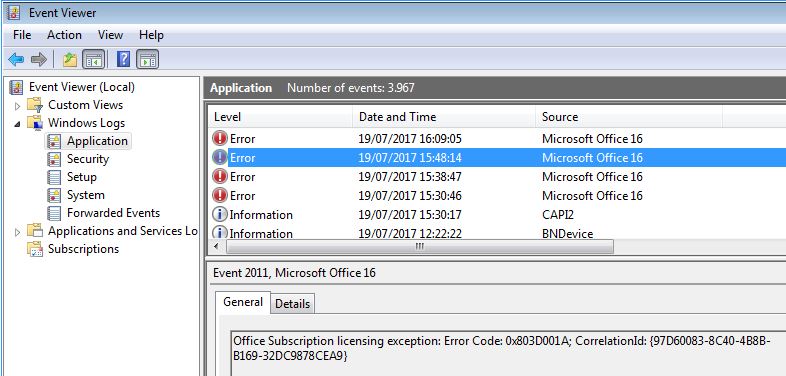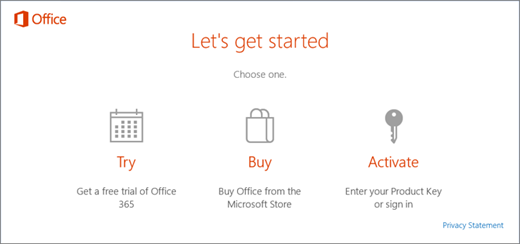
Microsoft 365 apps (for example, Office client apps) use Azure Active Directory Authentication Library (ADAL) framework-based Modern Authentication by default. Fingers crossed.įor those wondering how long they can continue to use older, locally installed versions of Microsoft's Office apps and still get security fixes from Microsoft for them for free (under Extended Support), Office 2007 with Service Pack 3 is supported until October 2017 Office 2010 with Service Pack 2 is supported until October 2020 and Office 2013 is supported until April 2023.To diagnose and automatically fix several common Office sign-in issues, you can download and run the Microsoft Support and Recovery Assistant.ĭisabling ADAL or WAM authentication as a solution to fix sign-in or activation issues can have adverse effects in your environment and is not recommended. I applied this fix myself yesterday and so far, no more popups. Then, in the File Download dialog box, click Run or Open, and follow the steps in the fix wizard." In the meantime, customers can turn off the notification by first clicking here.

The team is actively working to identify the right frequency and are also evaluating ways to make adjusting the notification simple based on customer feedback. A spokesperson provided the following statement: "The notification is meant to provide existing Office 365 subscribers who are using an older version of Office an easy way to upgrade to Office 2016. As it stands now, if I did manage to get "Upgrade" to work on this pop-up, my upgrade would not be free.

I guess I might install the Office 2016 apps if Microsoft actually were to give them to me for free with Business Essentials. I find the free online versions of the Office apps to meet my occasional-use needs. While I am an Office 365 subscriber on the Windows 7 desktop PC where this appeared, I subscribed to the Office 365 Business Essentials plan, which does not entitle me to the locally installable Office 2016 apps, but does provide me with Exchange.

Executives have pushed for them, IT departments have accommodated them, and users continue to clamor for them. The hottest device in the enterprise remains the tablet.


 0 kommentar(er)
0 kommentar(er)
